Throughout the world, indigenous people have called each country their home and been subjected to a myriad of unfortunate behaviors by the others who live there. This article will explore the top countries with the largest indigenous populations still living there. These true natives are what made each country great, and we should all respect and honor them as the true people in our homelands.
20. Laos – 3,500,000
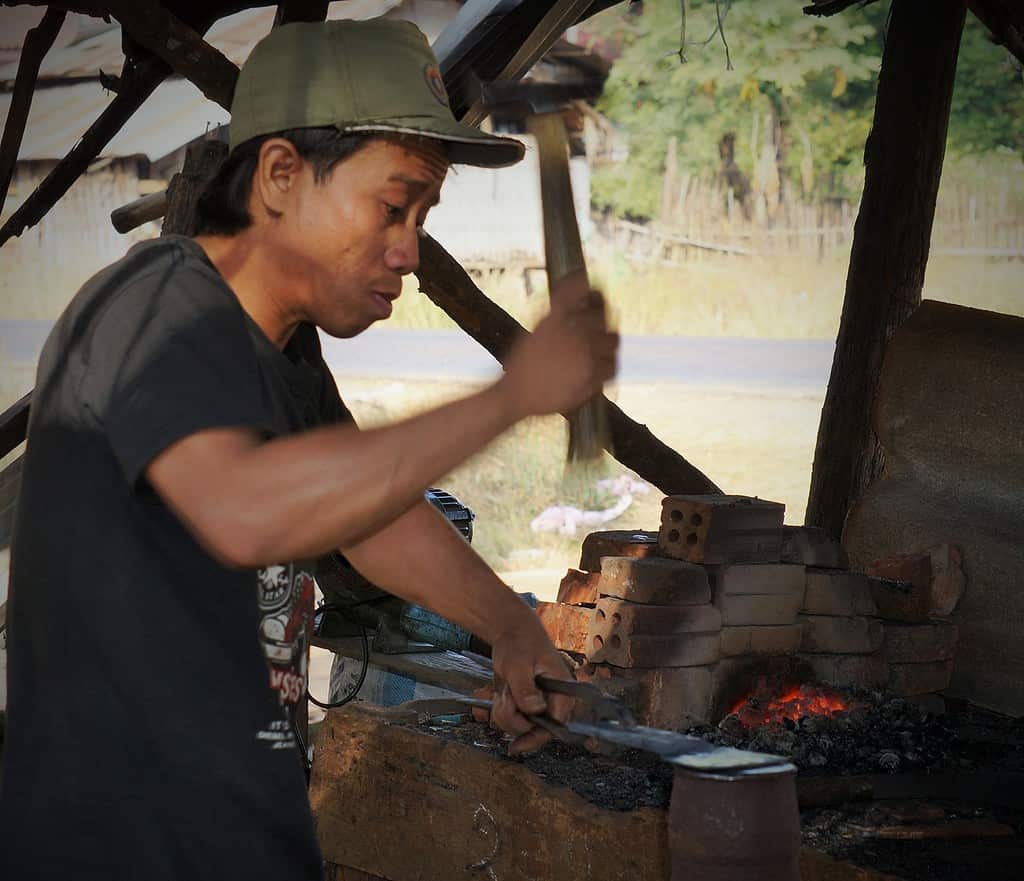
The indigenous population is still present in every country.
©PIERRE ANDRE LECLERCQ / CC BY-SA 4.0 - License
The country of Laos may have come in last place on our list, but a jaw-dropping 50% of the population is indigenous! In all fairness, the country’s total population is 7.42 million, which is minuscule compared to the 337 million in the U.S. The Mon-Khmer, Sino-Tibetan, and Hmong-Ew-Hmien are the indigenous people in Laos.
19. Peru – 4,000,000
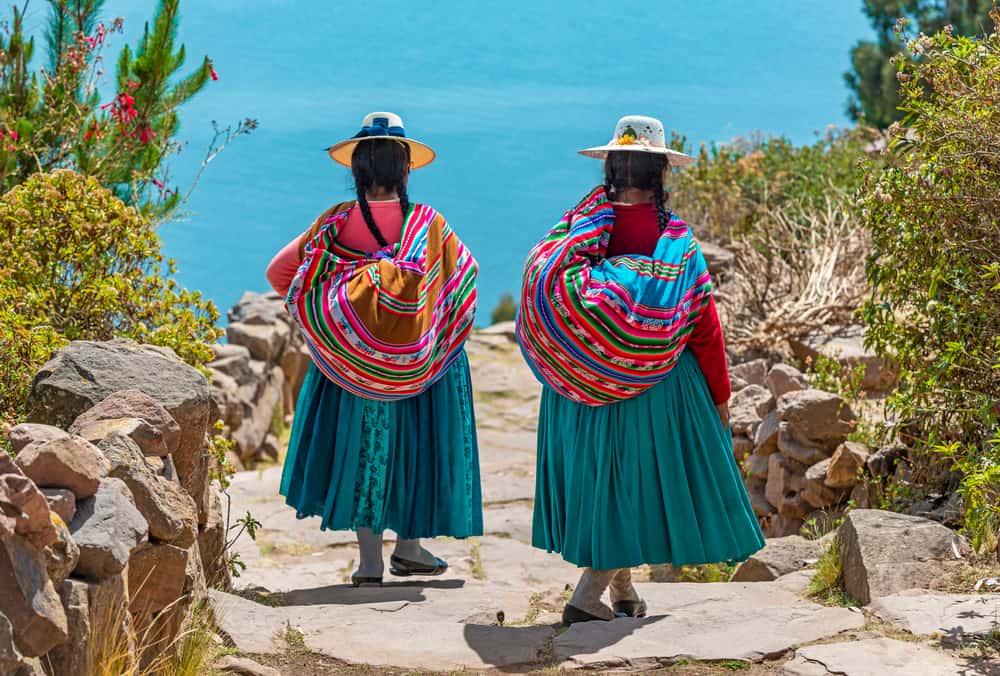
In some countries, indigenous groups are treated as tourist attractions.
©SL-Photography/Shutterstock.com
Peru has an overall population of roughly 33 million people, making it the most populated country in South America. Approximately 45% of that population is indigenous. It has the second-highest indigenous population in South America. The Quechua and Aymara people in the mountainous regions comprise the largest group, while the Achuar, Aguaruna, Asháninka, Shipibo, and Huambisa comprise the remainder of the indigenous population.
18. Malaysia – 4,683,000

Yearly festivals are held for most indigenous groups.
©Vin Crosbie from Stamford, Connecticut, USA / CC BY 2.0 - License
In Malaysia, the general population count is 32.4 million people, with indigenous groups making up 11% of it. The Orang Asli group, the country’s original inhabitants, makes up over 206,000 people. The rest predominantly comprises the Orang Ulu and the Anak Negeri groups. Overall, 18 different tribal groups make up the indigenous population of Malaysia.
17. Thailand – 6,100,000
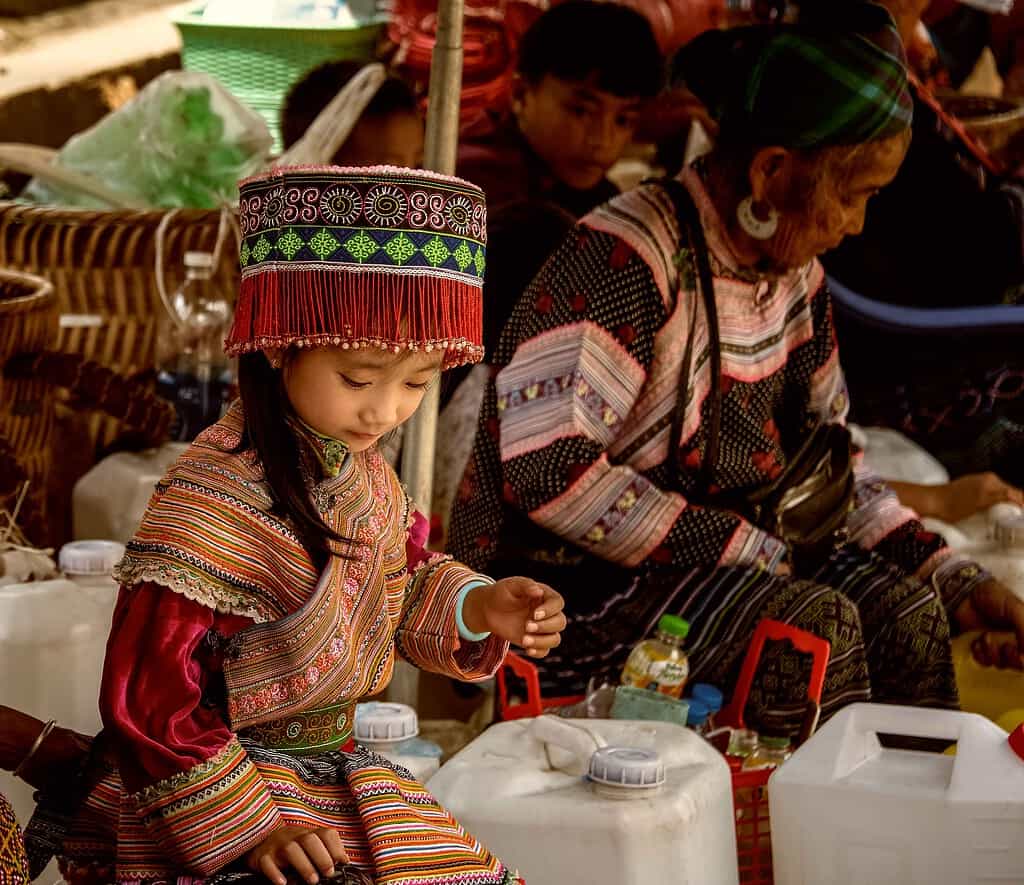
Many indigenous groups live simple lives off the land.
©Rod Waddington from Kergunyah, Australia / CC BY-SA 2.0 - License
In Thailand, the population is 71.6 million, and the percentage of indigenous people is 7.2%. The indigenous people comprise the Hmong, Karen, Lisu, Mien, Akha, Lahu, Lua, Thin, and Khamu. Many of these people lead simple lives as fishers or hunters and gatherers.
16. Guatemala – 6,500,000

Mayan ruins are one of the most visited places in the world.
©Ralf Steinberger / CC BY 2.0 - License
The population of Guatemala is over 15 million, with the indigenous population taking up nearly half of it. The country’s indigenous accounts for 45% of the population. There are 22 Mayan tribes, along with one of each of the following: Garífuna, Xinca, and Creole or Afro-descendant tribes in the country, which make up 45%. There are still many disparities between the indigenous and the non-indigenous people in employment, healthcare, income, and education opportunities, especially for women.
15. United States – 6,600,000
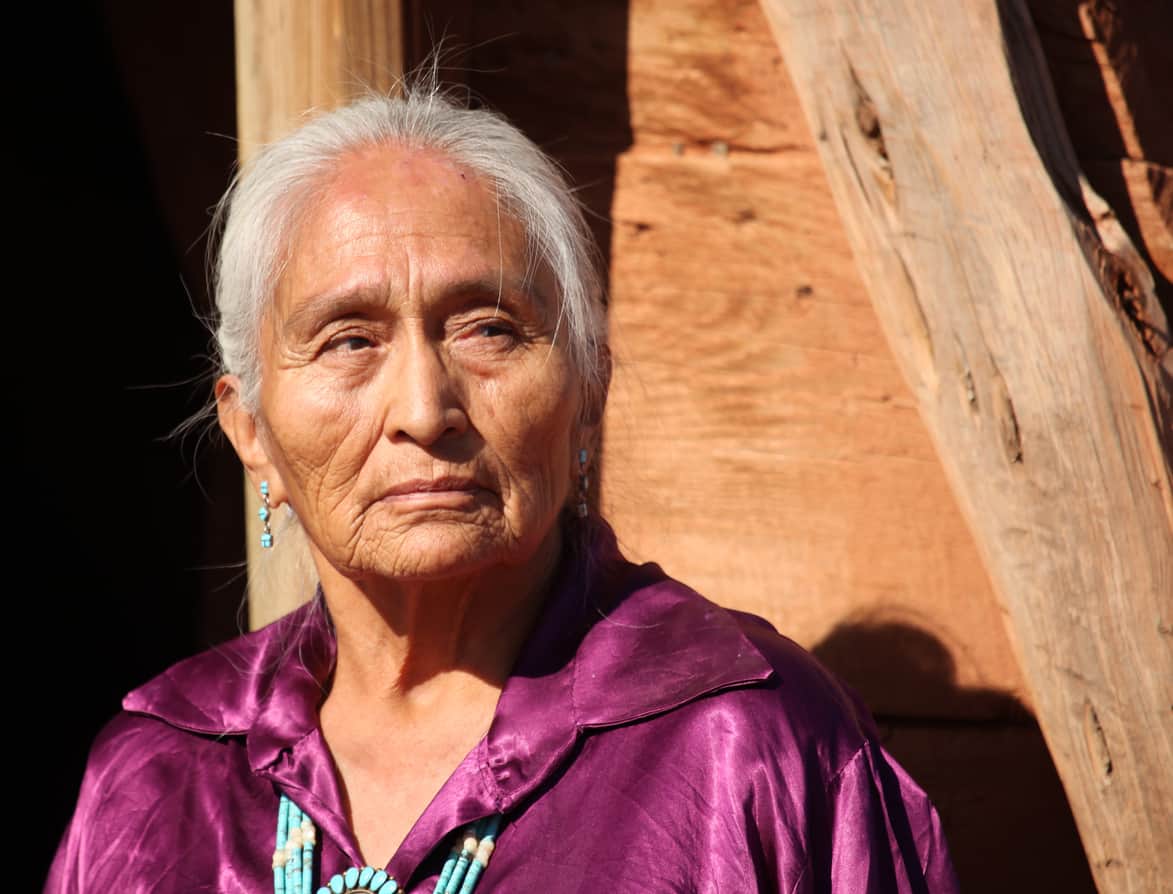
Indigenous populations are forced off their land and onto protected reservations.
©iStock.com/tobkatrina
The U.S. is a heavily populated country with 332 million people. The indigenous population is somewhere between 3.1 and 8.7 million people. Last year, American Indians or Alaska Natives accounted for 474 tribes. We are all familiar with how the original Americans were treated, and their rights are still barely there. A large percentage of missing persons in the country are indigenous, which goes to show why there is such a large discrepancy from agency to agency on the number of indigenous individuals in the country. The largest tribes that call the U.S. home are Indigenous Mexican Americans, Navajo, Cherokee, Sioux, Ojibwe, Choctaw, Apache, Lumbee, Pueblo, Muskogee, Haudenosaunee, Inuit, and Blackfeet.
14. Bolivia – 7,000,000

Many handmade products created by the indigenous people are exported into weather countries and the makers are paid pennies to the dollar.
©Kilobug / CC BY-SA 3.0 - License
In 2023, the population in Bolivia was 12,388,571, with roughly 48 – 70% of that being indigenous people. A total of 36 groups make up that percentage, including the Quechua-speaking people and Aymara, Chiquitano, Guaraní, and Moxeño. Most of the indigenous tribes are now self-governing and have some protection from the government. Most of the indigenous population still live under the poverty level, though some changes have been put in place to protect them more so than in the past decades. Bolivia has the highest population of indigenous people than anywhere else in Central or South America.
13. Kenya – 9,650,000

Indigenous women worldwide are not treated fairly.
©Eshamoh2021 / CC BY-SA 4.0 - License
The population in Kenya is 53 million, with 25% being indigenous people. The main groups are Ogiek, Sengwer, Yaaku Waata, Sanya, Endorois, Turkana, Maasai, and Samburu. Pastoralists make up roughly 25%, while the hunter and gatherers make up the remaining 80,000+. The situation for the indigenous people of Kenya is difficult since they must compete with outsiders for natural resources more every year. Indigenous women face the most hardships and scrutiny from the public and the government. There is little protection for them. The illiteracy and poverty rates are very high.
12. Phillippines – 10,000,000
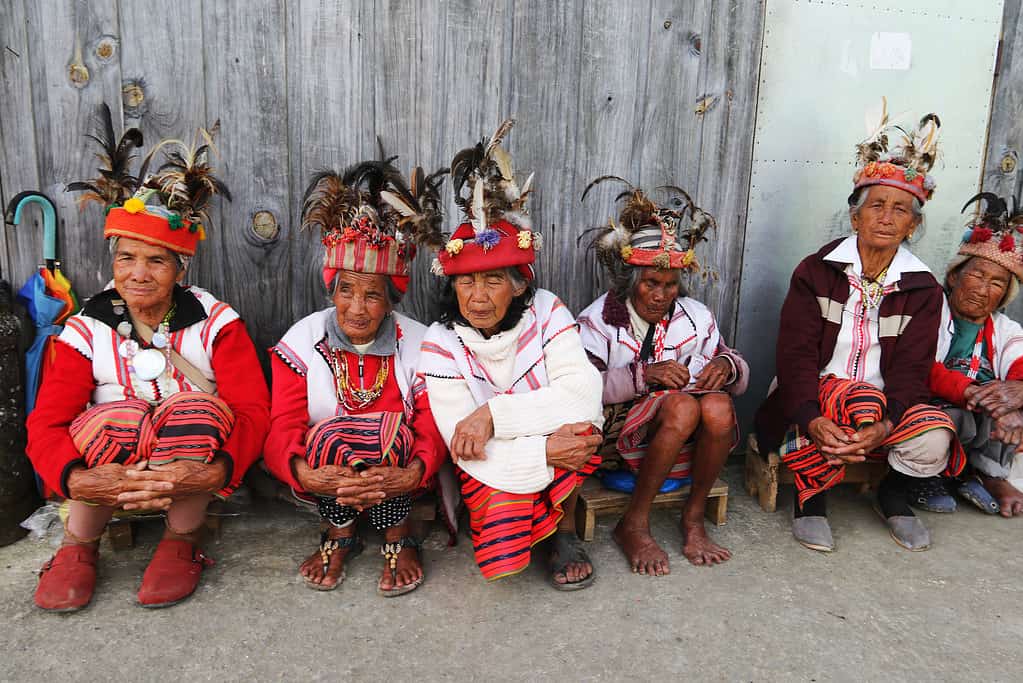
Indigenous elders hold a great amount of knowledge.
©Yves Picq / CC BY-SA 4.0 - License
In the Philippines, the population is 103 million people. Roughly 10 – 20% of the population belongs to indigenous groups. The main groups are Igorot from the northern mountains, Lumad from a southern island, and smaller groups like Mangyan and other hunter-and-gatherers. The groups are often targeted for their land’s natural resources by non-indigenous groups. Most of the indigenous groups are in extremely rural areas of the Philippines without hope for education, governmental participation, or economic needs being met.
11. Morocco – 10,000,000
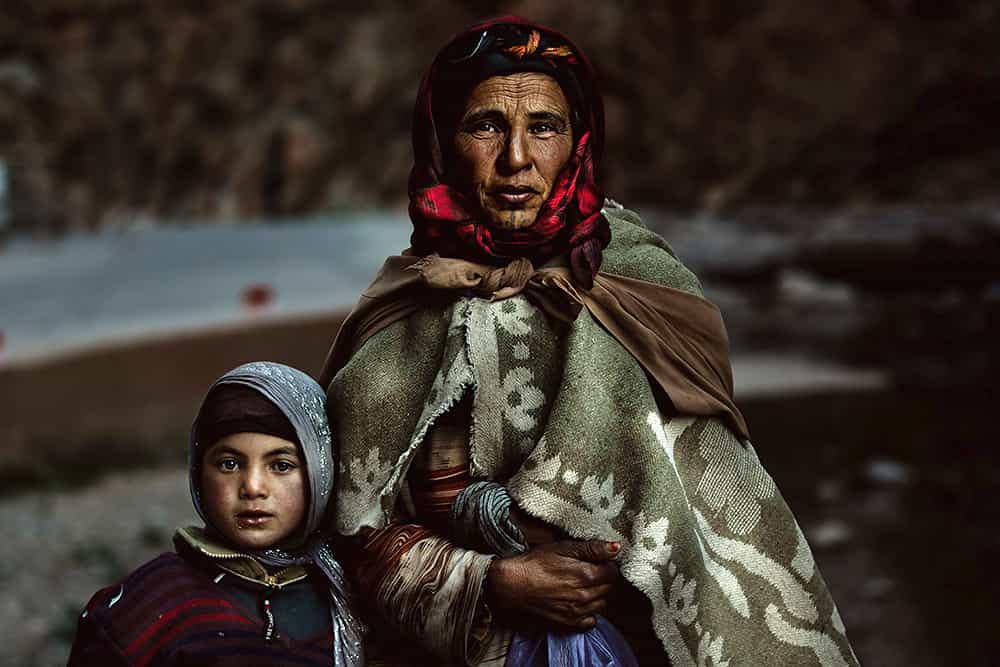
The Amazigh are white indigenous people from northern
Africa
and surrounding areas.
©http://www.dmitrimarkine.com / CC BY 3.0 - License
In Morocco, life is not easy for the indigenous people who call it home. Long ago, the Amazigh, also known as Berber (barbarians), had their own religions and cultural needs. They were forced to convert to Islam after being conquered. Still, the Amazigh culture is under pressure to convert to the ways of Islam fully. The number of Amazigh people in Morocco is argued to be much closer to 20 million than to 10 million. The population of the country is roughly 38 million people, which puts the Amazigh people at 28 – 70% of the population.
10. Nepal – 10,872,000

The customs and traditions of the native people need to be respected.
©SPakhrin / CC BY 2.0 - License
Nepal’s population comprises 36 – 50% indigenous people, known as Adivasi Janajati. The number reflects the 125 castes and ethnic groups within the country. The largest indigenous groups in the country are the Magar, Tharu, Tamang, Newar, Rai, Gurung, and Limbu. Sadly, the laws do not protect the indigenous people, their land, language, culture, or customs.
9. Algeria – 12,000,000
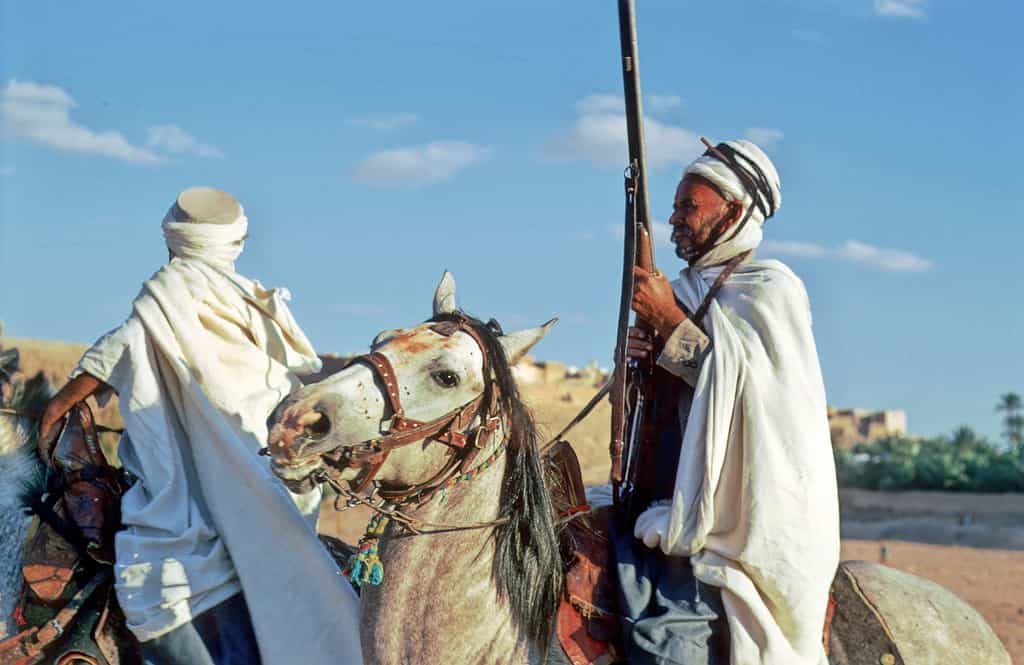
Traditional Algerian horsemen are seen more as a novelty than as a way of life for many.
©Paebi / CC BY-SA 3.0 - License
The Amazigh, Mozabite, and Tuarega comprise the 12 million indigenous people in Algeria. Unfortunately, the Algerian government refuses to accept the indigenous status of the Amazigh, also known as Berber. The Amazigh group makes up 1/3 of Algeria’s population, so the 12 million counts would be much higher if the government turned the numbers in.
8. Vietnam – 14,100,000
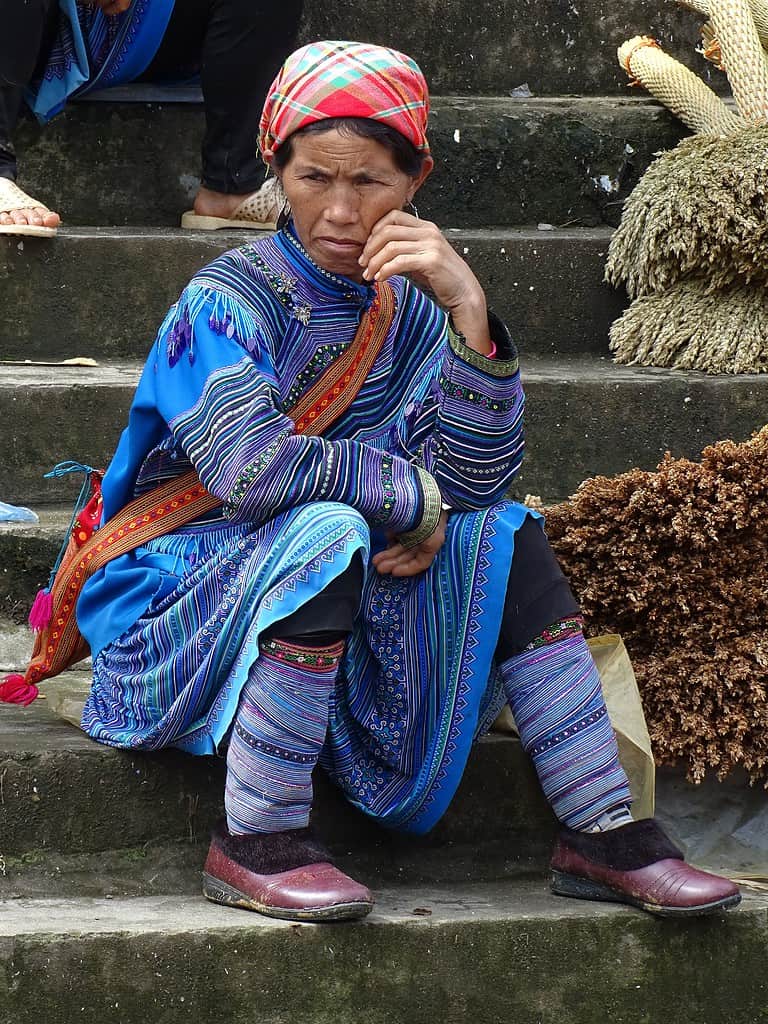
Native people can be seen when they visit the markets or sell their products there.
©Adam Jones from Kelowna, BC, Canada / CC BY-SA 2.0 - License
In Vietnam, over 14 million people make up the indigenous people, which is roughly 14.7% of the country’s population. There are 54 ethnic groups in Vietnam, and 53 belong to a recognized minority group.
7. Myanmar – 14,400,000
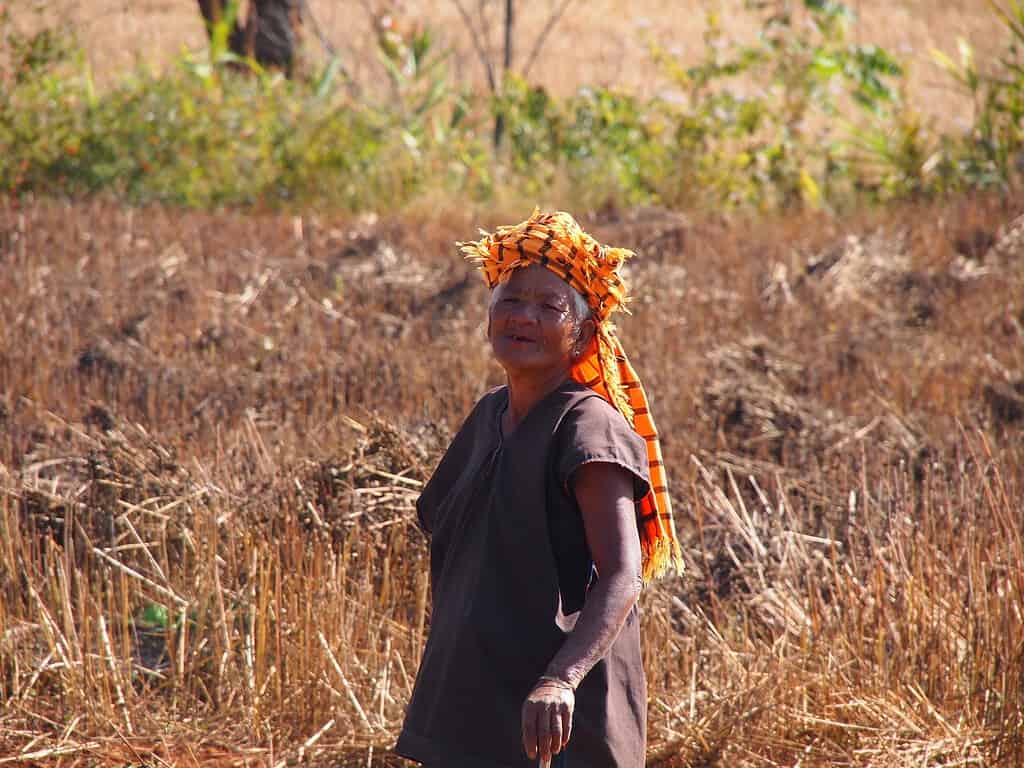
Most native populations are losing their land and human rights more every day.
©Paul Arps from The Netherlands / CC BY 2.0 - License
In the country of Myanmar, 135 different indigenous tribes make up the 14 million total population. The eight races that make up those 135 tribes are the Burman, Kachin, Kayah, Karen, Chin, Mon, Rakhine, and Shan. Overall, 54 million people call the country home with an astounding 68% of those being indigenous. Even with the UN’s Declaration on the Rights of Indigenous Peoples, they still face armed conflict and numerous violations of human and land rights.
6. Ethiopia – 16,500,000
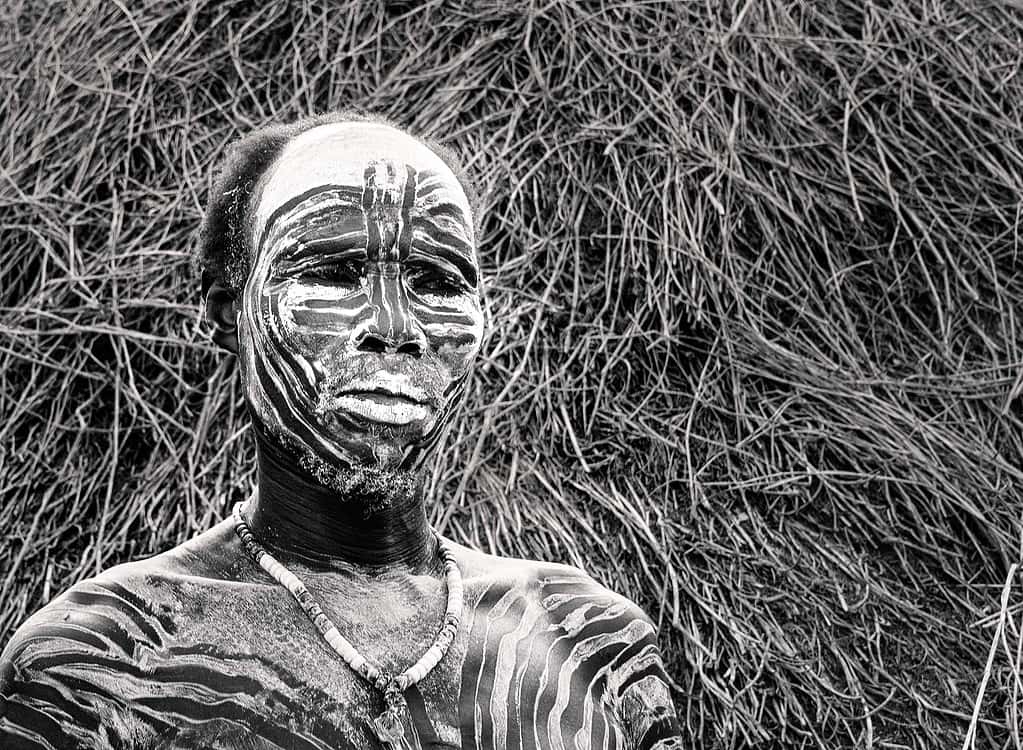
In Ethiopia, the land is shared by the entire Hamar tribe as they move through the land with their livestock.
©Rod Waddington / CC BY-SA 2.0 - License
Ethiopia’s indigenous population makes up 75% of the population as a whole. The tribes with the largest populations are the Oromo, Amhara, Somali, and Tigrayans. However, there are over 80 different indigenous ethnicities in the country.
5. Mexico – 16,933,283
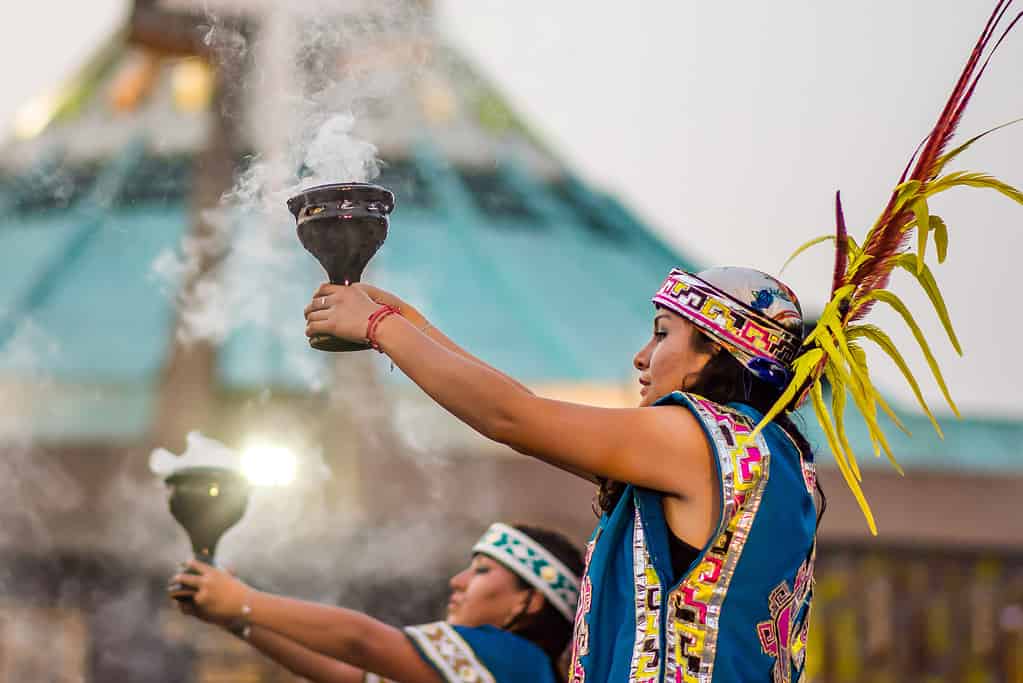
Mexico’s Aztec people are heavily exploited for their lifestyle and products.
©Johnoregon / CC BY-SA 4.0 - License
Many of the tribes that are responsible for Mexico’s 16 million indigenous people are the Aztecs, Mayan, and Olmec. The largest tribes that currently exist are the Nahua, Purépucha, Mixtec, Rarámuri, Totonac, and Otomí. Even though the overall population count is lower, indigenous people comprise 15.1% of the Mexican population.
4. Pakistan – 35,000,000
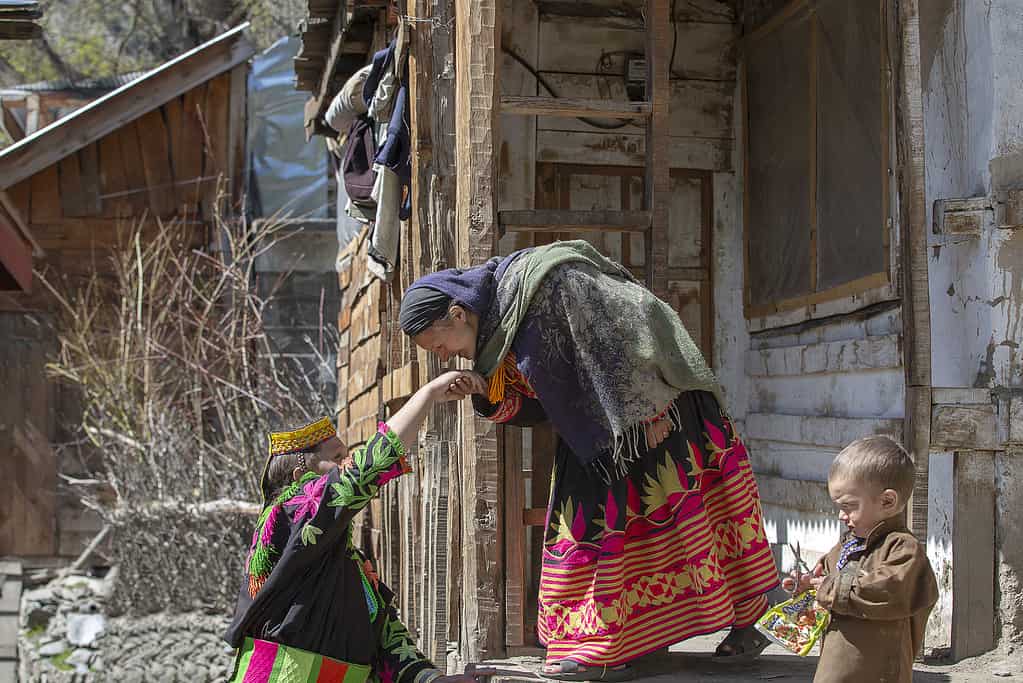
Women in Pakistan have very few rights, with even less for those who are indigenous.
©Tahsin Shah / CC BY-SA 4.0 - License
Another country in the millions for its indigenous population is Pakistan. Some of the largest groups are the Koochis, Rebari, Bakarwal, Kehal, Jogi, Kabootra, Sanyasi and Kalash. The largest group is the Punjabis, who are from the region bordering India. They do not have it easy in the country with the domineering Taliban.
3. Indonesia – 60,000,000

Indonesia is a politically torn country where the indigenous have few rights.
©Faris Azmi / CC BY-SA 4.0 - License
Indonesia’s vast number of indigenous individuals is attributed predominantly to Austronesians and Melanesians. In total, 1,340 tribes make up the indigenous population. The country’s government constantly battles the concept of indigenous people. Some of the migratory settlers are the Chinese Indonesians, Arab Indonesians, Indian Indonesians, Japanese Indonesians, and Indo-Europeans. Javanese make up 41% of the country’s population.
2. India – 104,000,000
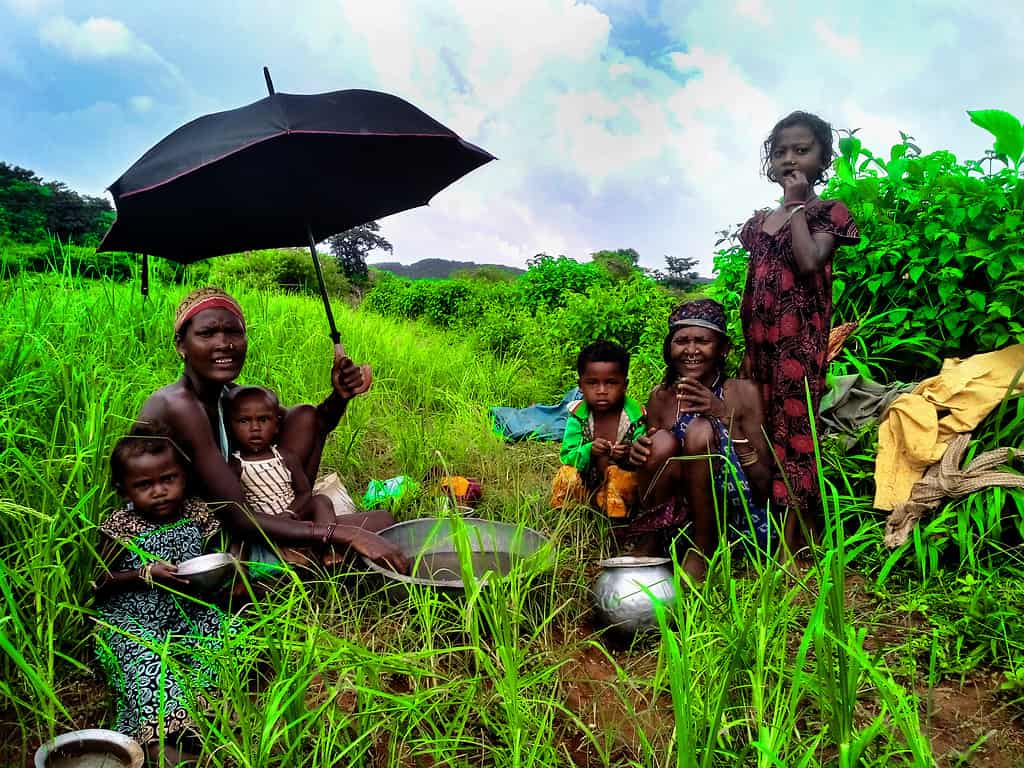
Most indigenous respect the natural world far more than the rest of the population.
©Shiv's fotografia / CC BY-SA 4.0 - License
India’s indigenous population, called Adivasis, ranks second in the world as of 2022. Their 104 million indigenous people comprise 8.6% of the country’s population of 1.4 billion. Some of the most common ethnicities that make up that massive number are Gonds, Bhils (or Bheels), Santhal, Munda, Khasi, Garo, Angami, Bhutia, Chenchu, Kodaba, and the Great Andamanese Tribes.
1. China – 125,332,335

The population in China far surpasses every other country, with 1.41 billion people.
©JialiangGao www.peace-on-earth.org / CC BY-SA 4.0 - License
China has a whopping 55 ethnic minorities, which make up the 125 million people who are classified as indigenous. It is a large number, though the actual percentage of the population falls between 8 and 9%. Zhuang is the largest ethnicity, followed by Tibetan, Mongolian, Uighur, Tujia, Tong, Bai, Miao, Yi, Hani, and Naxi ethnicities.
The photo featured at the top of this post is © Julian hne / CC BY-SA 4.0 – License / Original
Thank you for reading! Have some feedback for us? Contact the AZ Animals editorial team.






